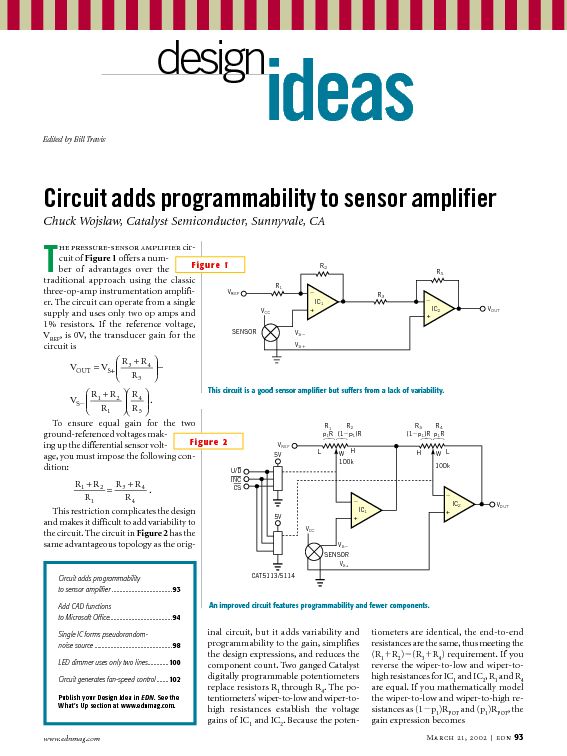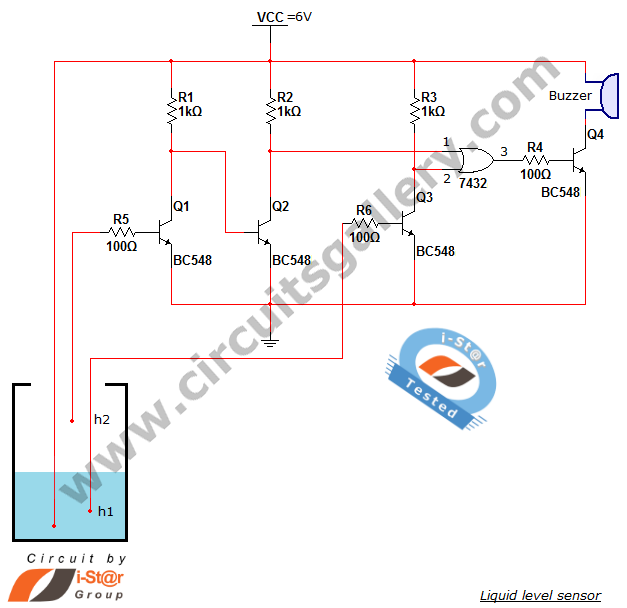
Lego Double Rotation Sensor

An opto-interrupter made with Lego beams, regular parts, a 6 hole pulley wheel and an axle. More: I started out with Michael Gasperi's idea with the 6 whole pulley installed in a Lego enclosure with axle and beams so it could move. I used phototransistors and infrared LED's because I thought they would use less power than visible light LED's and CdS p
The described opto-interrupter circuit utilizes a combination of Lego components and electronic elements to create a functional light-sensing device. The core of the design features a 6-hole pulley wheel mounted within a Lego enclosure, which serves as the mechanical structure for the opto-interrupter. The pulley wheel is connected to an axle, allowing for rotational movement, which can be used to interrupt the light path.
At the heart of the opto-interrupter are phototransistors and infrared LEDs. The infrared LEDs emit light that, when unobstructed, is detected by the phototransistors. The choice of infrared LEDs over visible light LEDs is significant, as infrared components generally consume less power and are less susceptible to interference from ambient light conditions. This makes the circuit more efficient and reliable in various lighting environments.
In operation, as the pulley wheel rotates, it can obstruct the light path between the infrared LED and the phototransistor. When the light is interrupted, the phototransistor detects this change and can trigger an output signal. This output can be used to control other devices or systems, such as motors or alarms, depending on the application.
The circuit can be further enhanced by incorporating additional components such as resistors to limit current through the LEDs and phototransistors, capacitors for noise filtering, and possibly a microcontroller for more advanced processing of the signals. The design's modularity, due to the use of Lego parts, allows for easy adjustments and modifications to the setup, enabling experimentation with different configurations and components.
Overall, this opto-interrupter design exemplifies a creative integration of mechanical and electronic systems, showcasing the versatility of Lego as a platform for prototyping electronic circuits.An opto-interrupter made with Lego beams, regular parts, a 6 hole pulley wheel and an axle. I started out with Michael Gasperi's idea with the 6 whole pulley installed in a Lego enclosure with axle and beams so it could move. I used phototransistors and infrared LED's because I thought they would use less power than visible light LED's and CdS p
🔗 External reference
The described opto-interrupter circuit utilizes a combination of Lego components and electronic elements to create a functional light-sensing device. The core of the design features a 6-hole pulley wheel mounted within a Lego enclosure, which serves as the mechanical structure for the opto-interrupter. The pulley wheel is connected to an axle, allowing for rotational movement, which can be used to interrupt the light path.
At the heart of the opto-interrupter are phototransistors and infrared LEDs. The infrared LEDs emit light that, when unobstructed, is detected by the phototransistors. The choice of infrared LEDs over visible light LEDs is significant, as infrared components generally consume less power and are less susceptible to interference from ambient light conditions. This makes the circuit more efficient and reliable in various lighting environments.
In operation, as the pulley wheel rotates, it can obstruct the light path between the infrared LED and the phototransistor. When the light is interrupted, the phototransistor detects this change and can trigger an output signal. This output can be used to control other devices or systems, such as motors or alarms, depending on the application.
The circuit can be further enhanced by incorporating additional components such as resistors to limit current through the LEDs and phototransistors, capacitors for noise filtering, and possibly a microcontroller for more advanced processing of the signals. The design's modularity, due to the use of Lego parts, allows for easy adjustments and modifications to the setup, enabling experimentation with different configurations and components.
Overall, this opto-interrupter design exemplifies a creative integration of mechanical and electronic systems, showcasing the versatility of Lego as a platform for prototyping electronic circuits.An opto-interrupter made with Lego beams, regular parts, a 6 hole pulley wheel and an axle. I started out with Michael Gasperi's idea with the 6 whole pulley installed in a Lego enclosure with axle and beams so it could move. I used phototransistors and infrared LED's because I thought they would use less power than visible light LED's and CdS p
🔗 External reference





